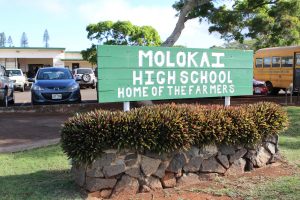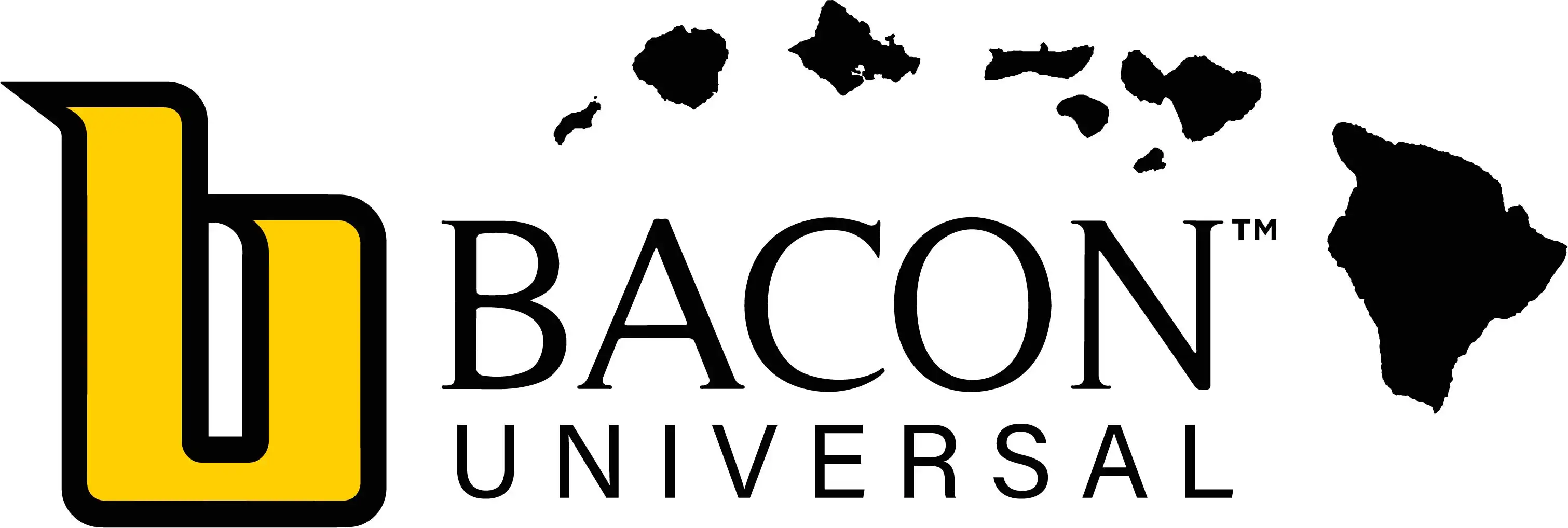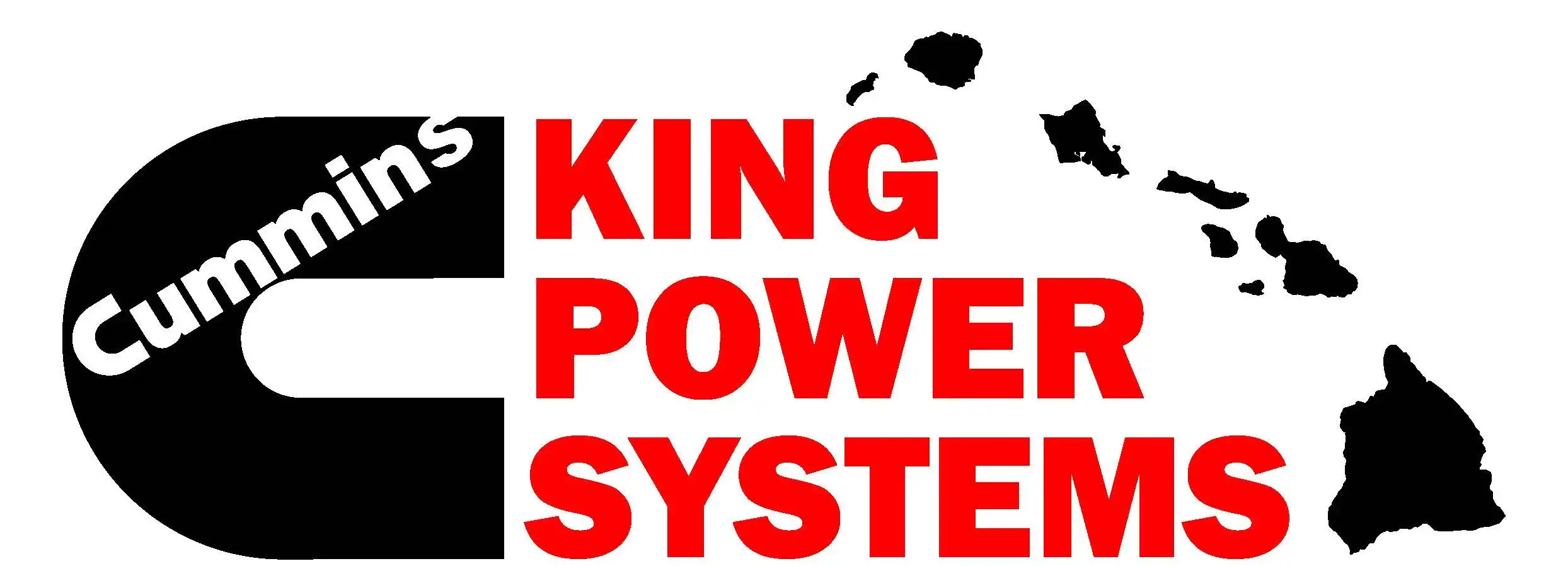Molokaʻi High School Wins FAFSA “Cash for College” Challenge

Molokaʻi High School. Photo Courtesy
Molokaʻi High School, along with McKinley High School on Oʻahu, won first place for having the highest percentage of students complete the Free Application for Federal Student Aid in Hawai‘i P–20’s Cash for College Challenge.
Molokaʻi High School had the highest percentage of seniors completing the FAFSA among all participating schools, which is currently the highest in the state and 23 percentage points over the statewide average. The school also increased their FAFSA completions by 14.5 percentage points over last year.
“One of the strategies that worked best for us is the individual follow up we were able to do with our students,” says Mahina Kamakana-Juario, Molokaʻi High School college and career counselor. “I think we may have pestered them a bit too much reminding them everyday to complete the FAFSA, but that’s what it took to get the results we did.”
A total of 73% of students in the senior class at Molokaʻi High School and 63% at McKinley High School completed the FAFSA. The application, which helps students and families identify their financial aid eligibility, is required if applying for federal student grants, work-study or loans.
FAFSA completion is strongly associated with postsecondary enrollment. According to a recent study, 90% of high school seniors who complete the FAFSA attend college directly from high school, compared to 55% of students who do not complete the FAFSA. Also, FAFSA completion is strongly associated with college completion: 52% of FAFSA filers complete a bachelor’s degree within six years of enrollment, compared to 44% of students who do not complete it.
“Each year, millions of free federal grants dollars are left unclaimed in Hawai‘i,” says Stephen Schatz, Hawaiʻi P–20 executive director. “This aid could have helped more of our Hawai‘i’s students attend college including the University of Hawai‘i. We need to do everything we can to help make college more affordable for students and families and helping them complete the FAFSA is one way to do this.”
“A postsecondary degree or certificate is the great equalizer,” says Alex Harris, Harold K.L. Castle Foundation strategic advisor. “Financial cost can be a major barrier, but this doesn’t have to be the case. Students win when high schools make the financial aid process easier. The Harold K.L. Castle Foundation commends the winners of the Cash for College Challenge for taking this important step towards helping so many become college graduates.”
Of the remaining schools, ʻAiea and Kohala High Schools were recognized for increasing the percentage of FAFSA completions over the previous year.
This year, fifteen schools participated in the Cash for College challenge, which is supported by the Harold K.L. Castle Foundation. Schools with the highest FAFSA completion rates as well as the largest increase in FAFSA completions over the previous year were awarded cash prizes ranging from $1,000 to $1,200 that could be used to support senior class activities such as high school graduation, prom and end-of-year events.
The schools awarded included:
Closest to 100% FAFSA Completion:
- Molokaʻi High School – 73%
- McKinley High School – 63%
- Kailua High School – 57%
- ʻAiea High School – 55%
- Leilehua High School – 53%
Greatest Increase in FAFSA Completion from 2017:
- Molokaʻi High School – +14.5 percentage points
- ʻAiea High School – +9.2 percentage points
- McKinley – +8.1 percentage points
- Kohala High School – +7 percentage points
- Waiʻanae High School +4.6 percentage points
- Nānākuli High and Intermediate – +2.2 percentage points
This is the second year of the Cash for College challenge. The contest was open to all GEAR UP eligible high schools (schools with a 50% or higher, free or reduced lunch status) statewide. Results are based on data from Federal Student Aid as of March 17, 2018.









